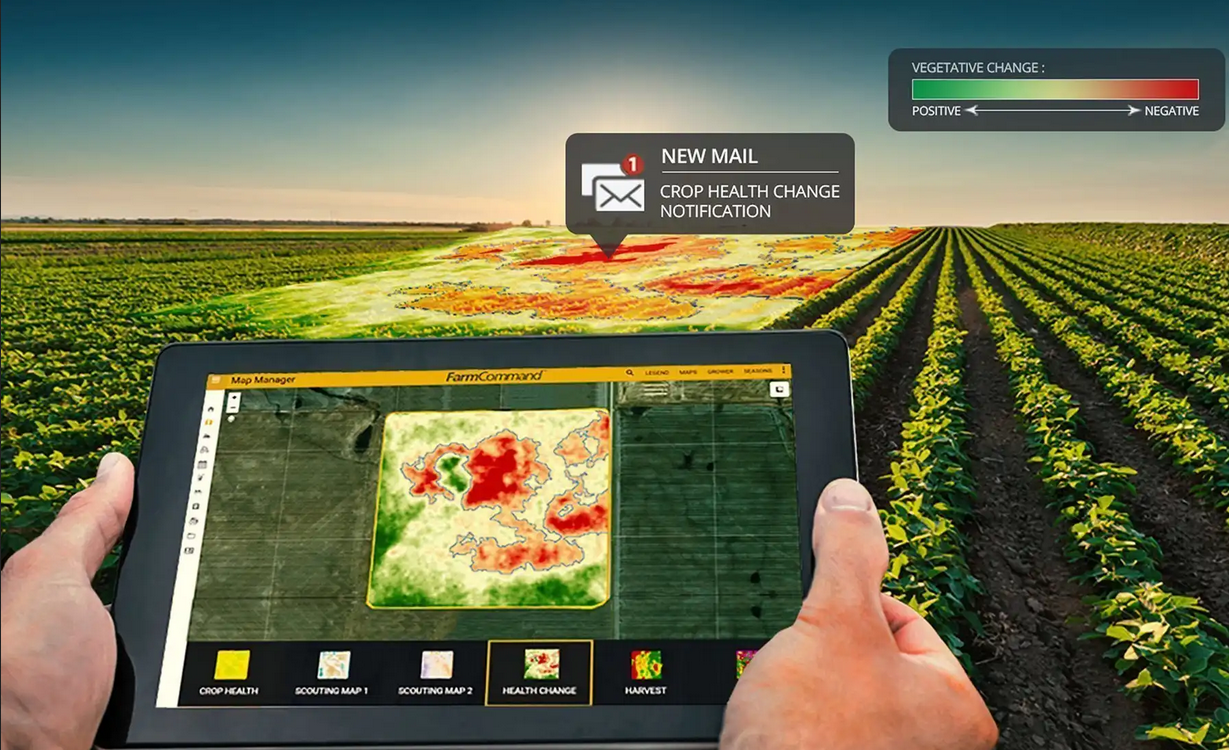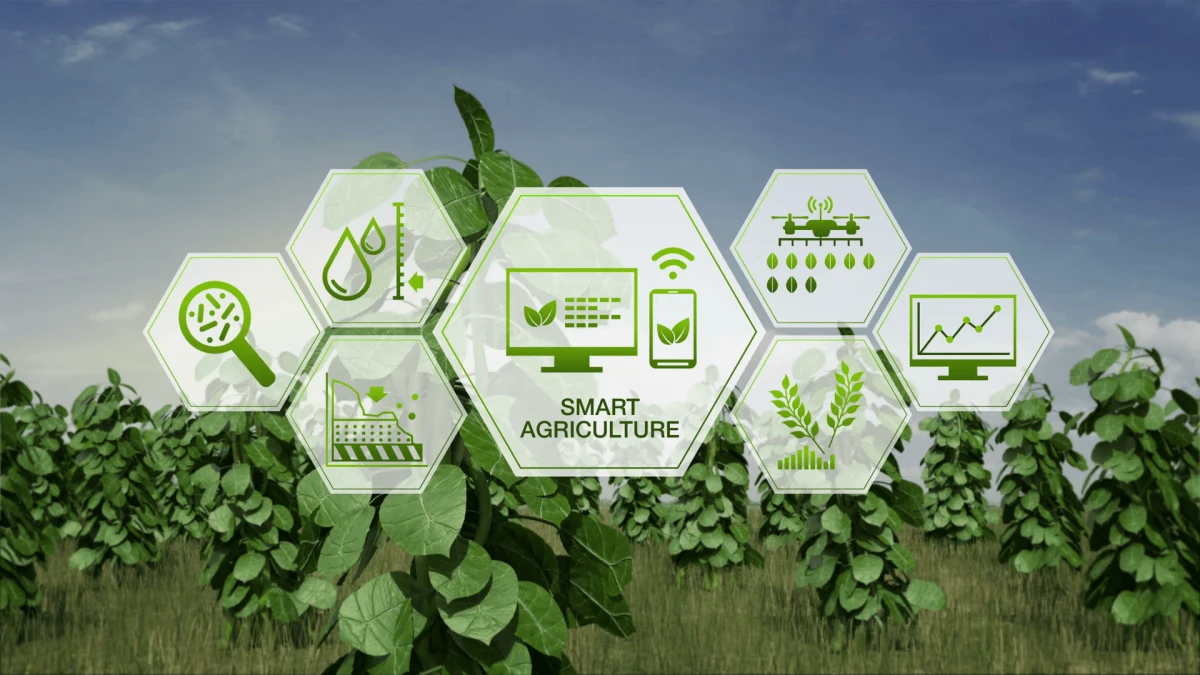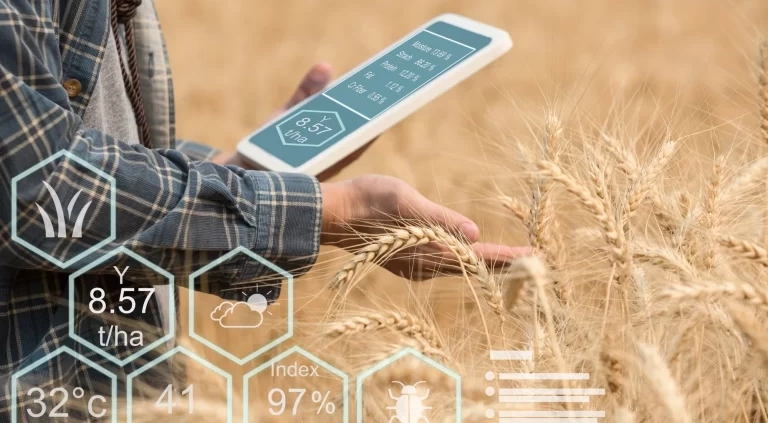Modern Agriculture
These days, we hear about modern agriculture, smart agriculture, precision agriculture, digital agriculture and remote sensing a lot.In this article, we are going to examine these definitions quite simply and mention their advantages and disadvantages.
Nowadays increasing agricultural productivity is felt more essential than ever.The increase in the planet’s population and the reduction of natural resources such as water, soil and energy, are the reasons of using new technologies to improve farmer’s performance and increase the farm efficiency.
Modern agriculture is an ever-changing approach that uses new technologies to allow farmers to increase productivity while reducing environmental impact. These technologies include the use of new satellite imagery and sensors, indoor vertical farming, precision farming, modern machinery and artificial intelligence, and image processing in agriculture.

Precision farming
The definition of precision agriculture is the use of technology for agricultural management that observes, measures, and analyzes the needs of farms and crops. Precision farming allows farmers to use technology to build management systems based on specific data on soil, crops, nutrients, pest moisture or yield. Instead of treating land as a domain, the technology identifies problematic points and reduces the need for overuse or misuse of products.
The main point here is optimization. In precision farming, instead of using an equal amount of fertilizer on a complete farm, farmers only fertilize areas that need fertilizing, the exact location of which is determined by satellite imagery or sensors installed on the farm. This leads to optimal fertilizer use, cost savings and reduced environmental impact.

Smart agriculture
Also, a new way of planting, holding and harvesting crops in the agricultural industry is called smart agriculture, which is based on technology and intelligent processes and human beings are not involved in the beginning or end of those processes.



Leave a Reply
Want to join the discussion?Feel free to contribute!